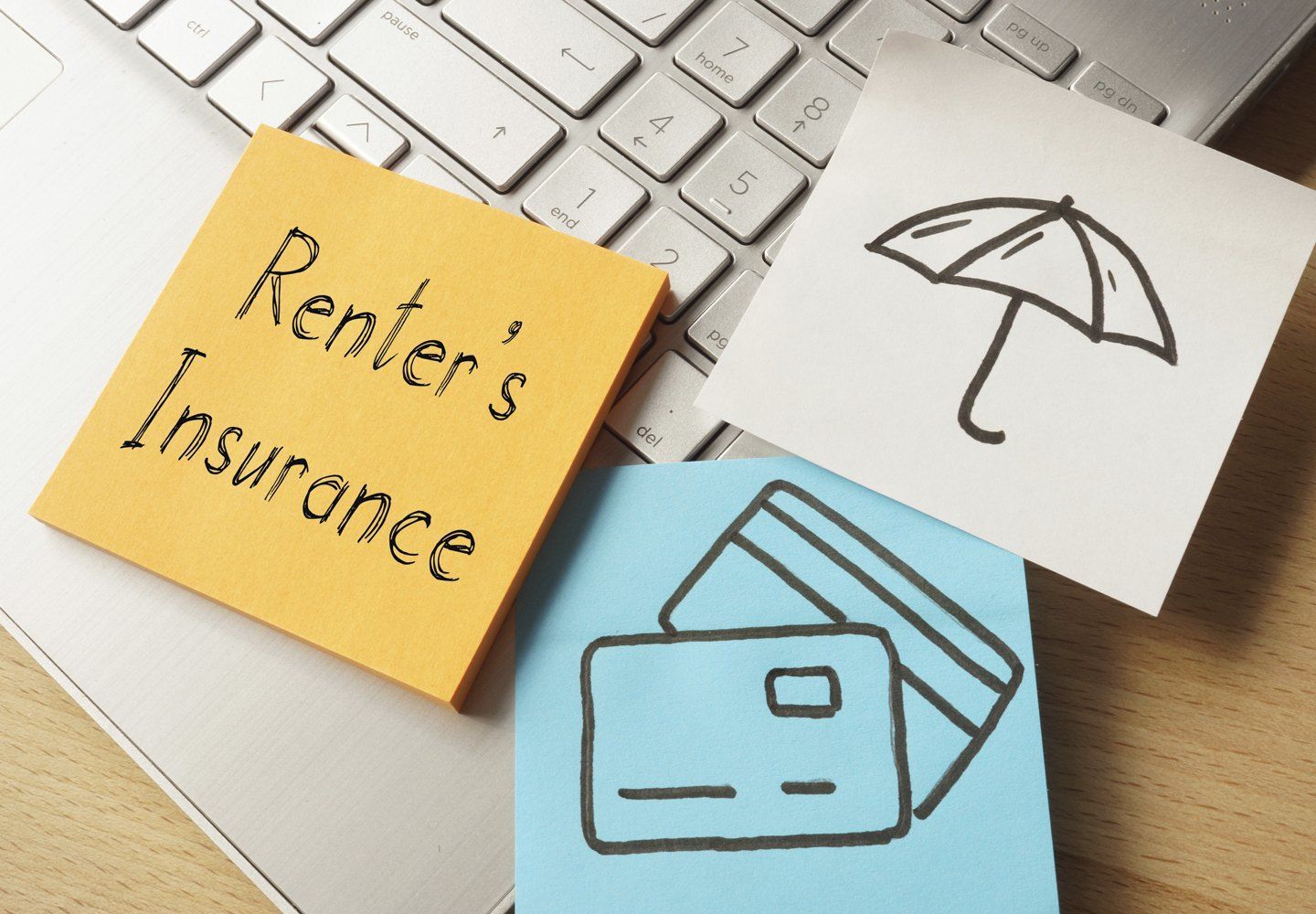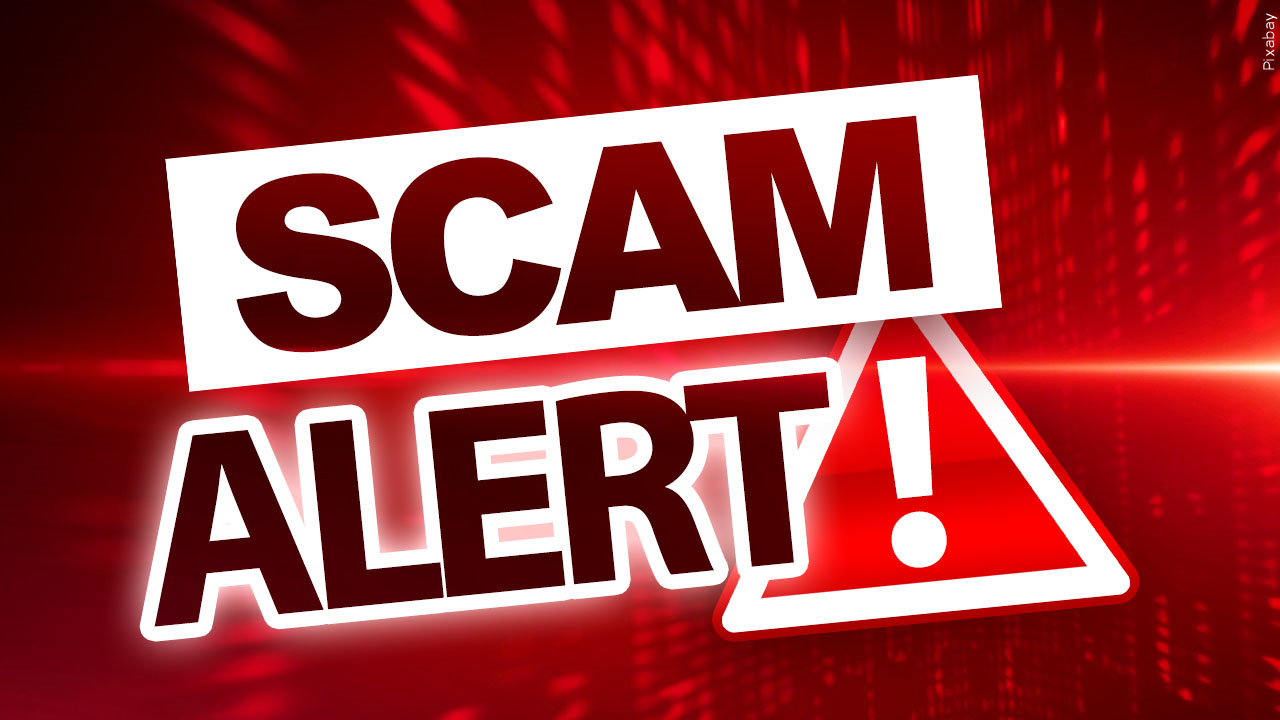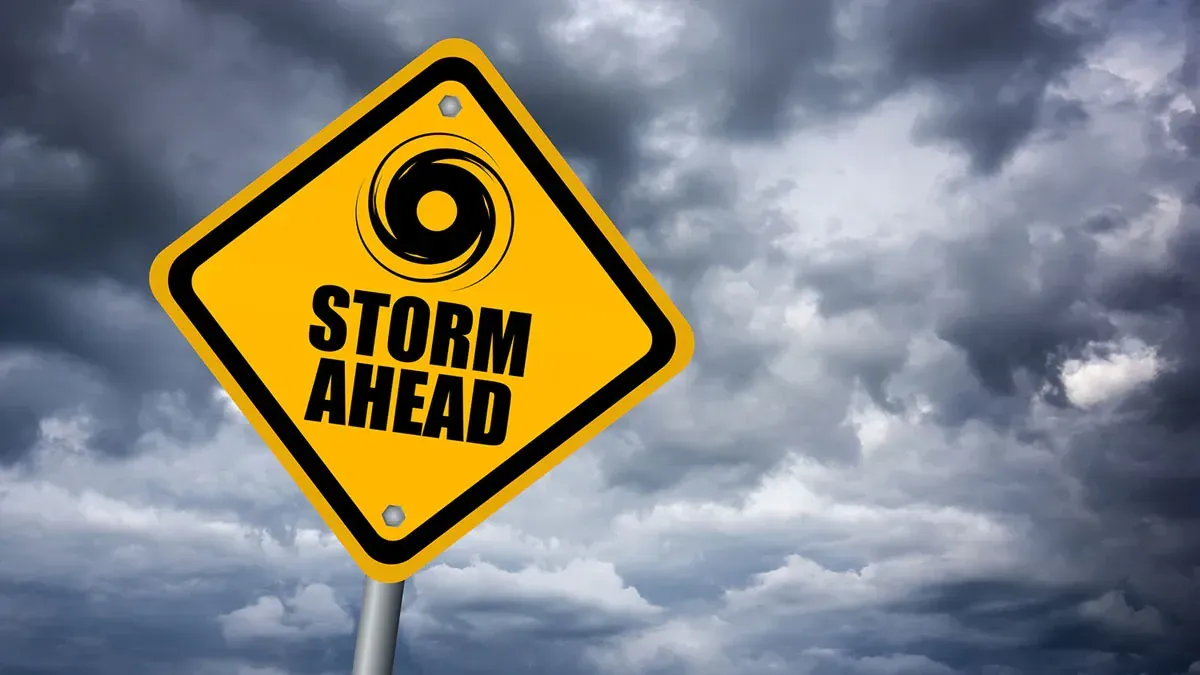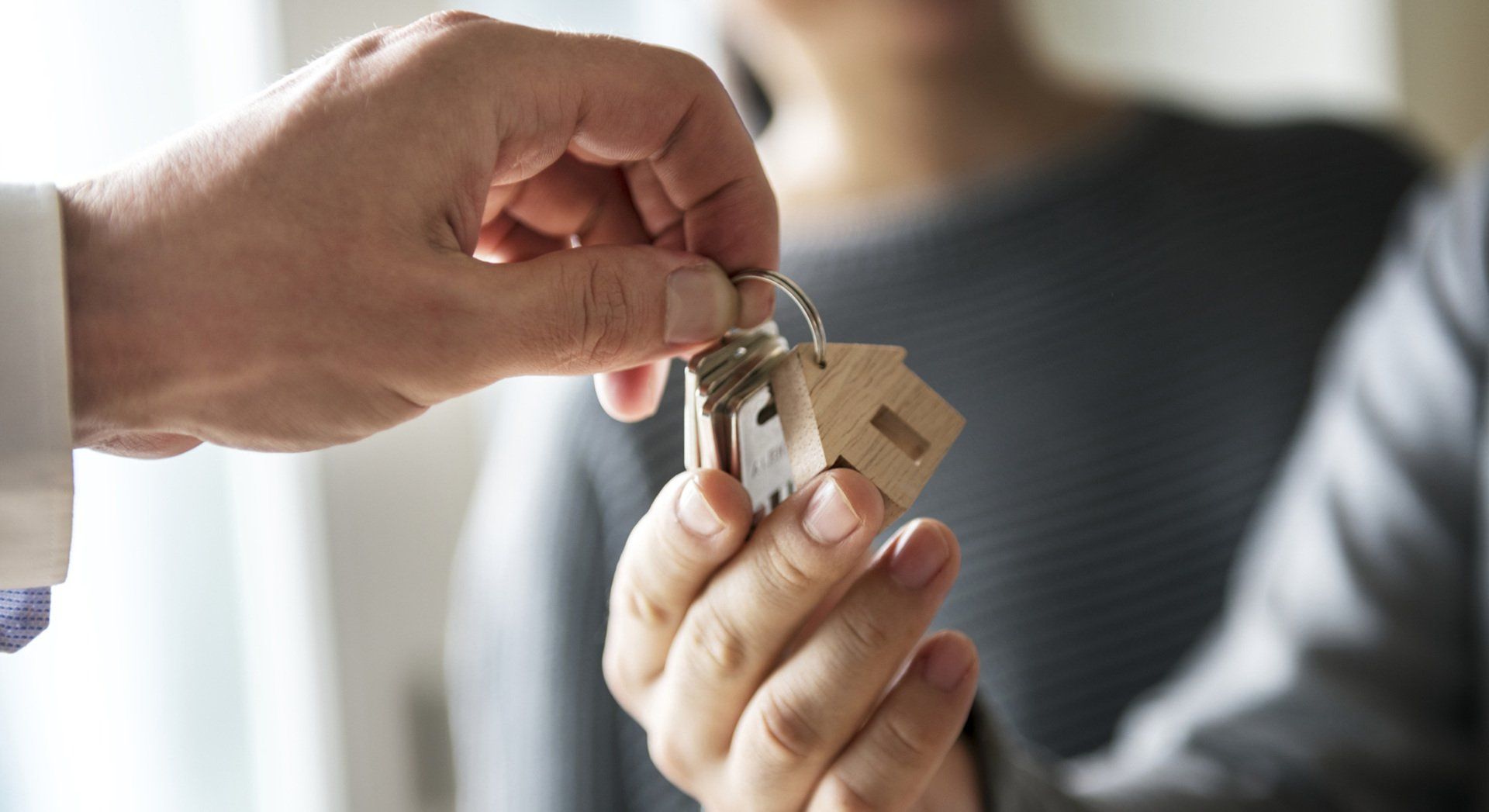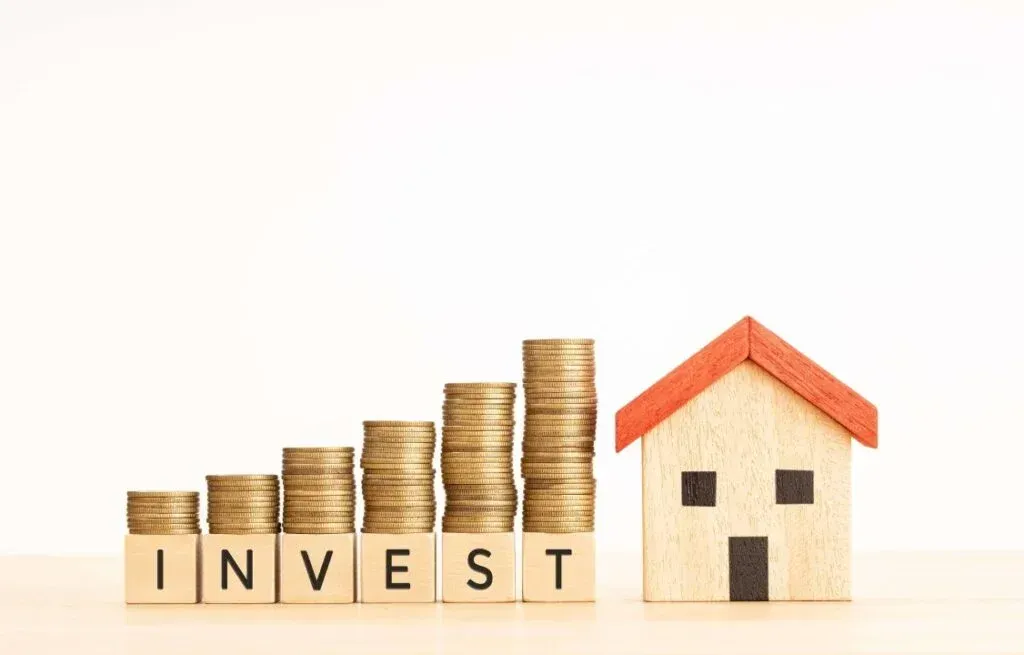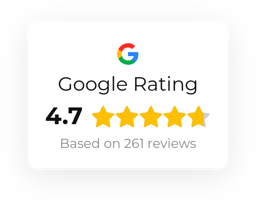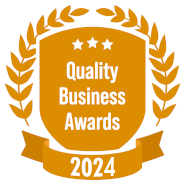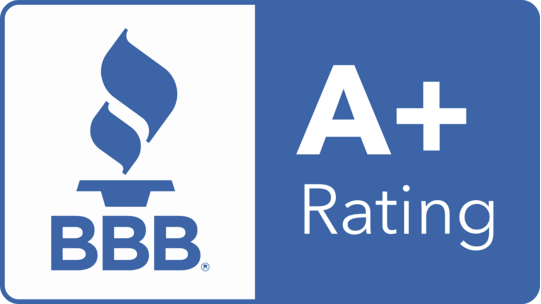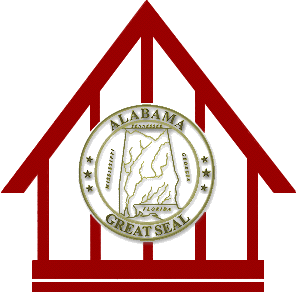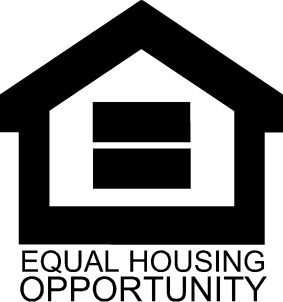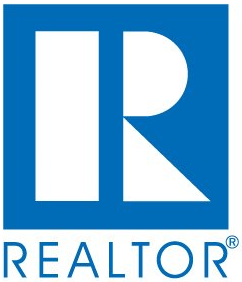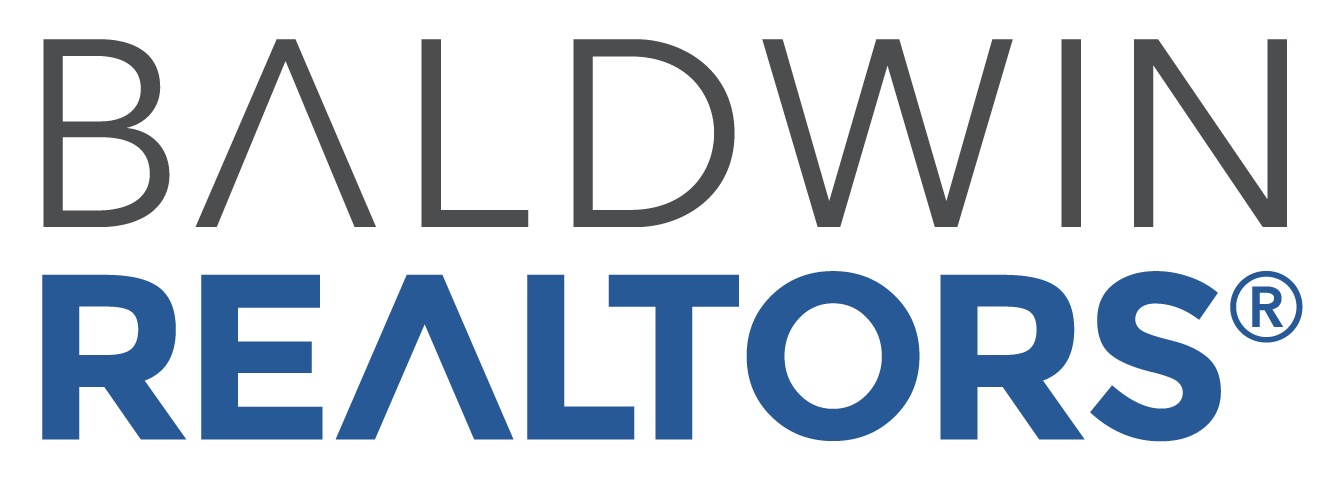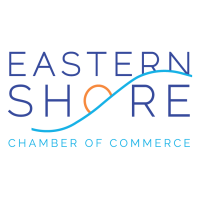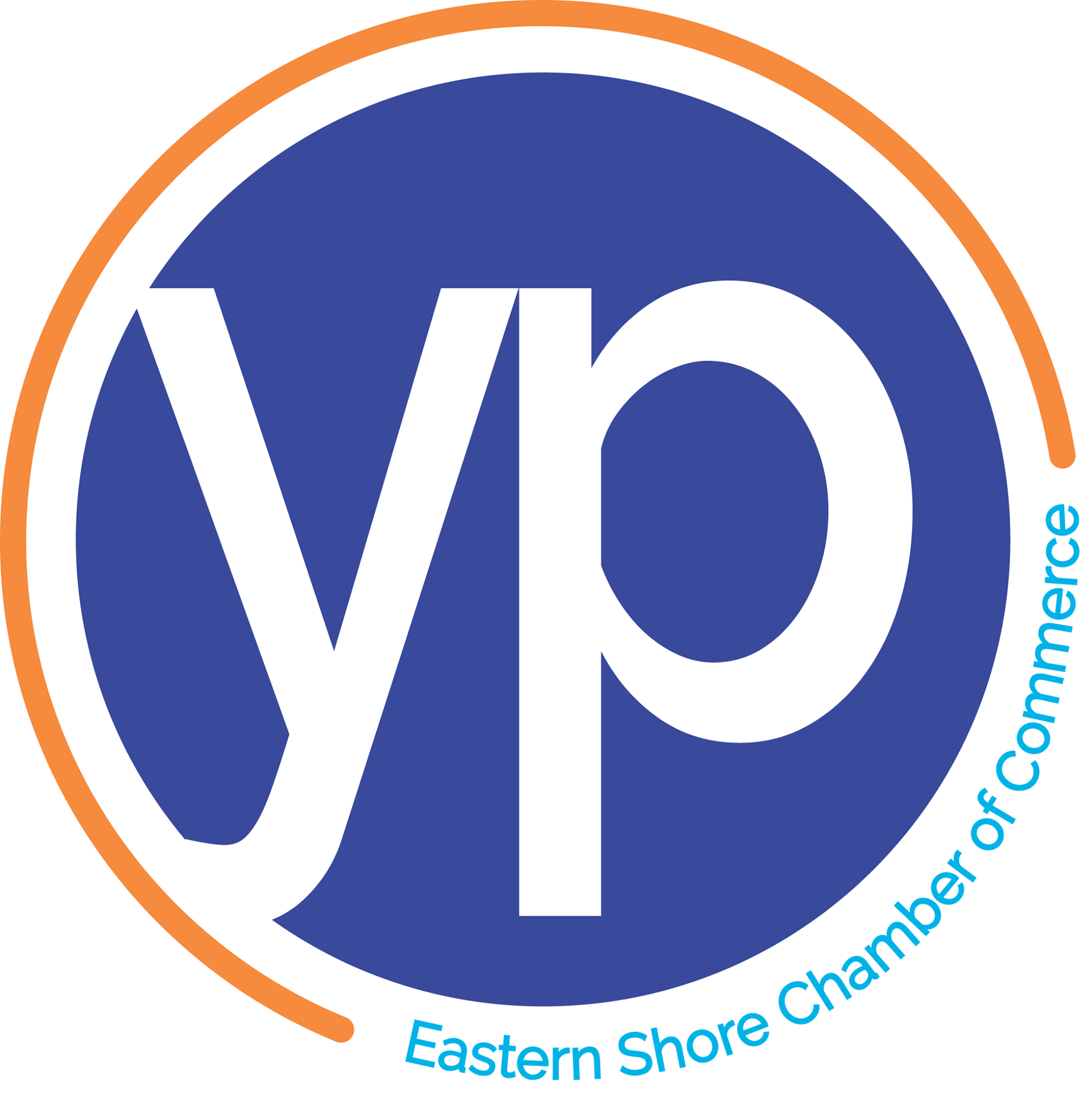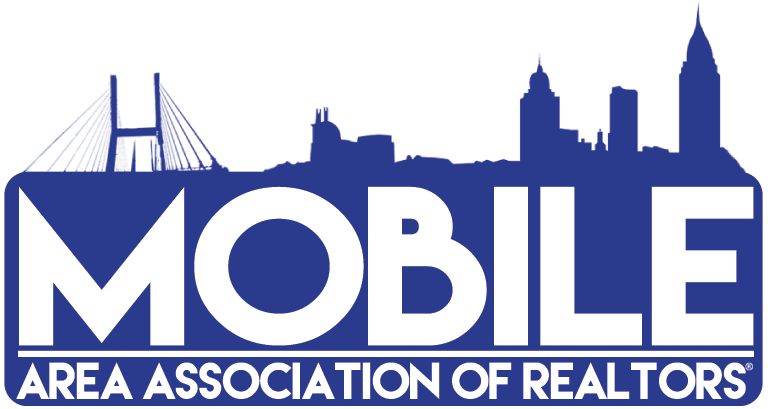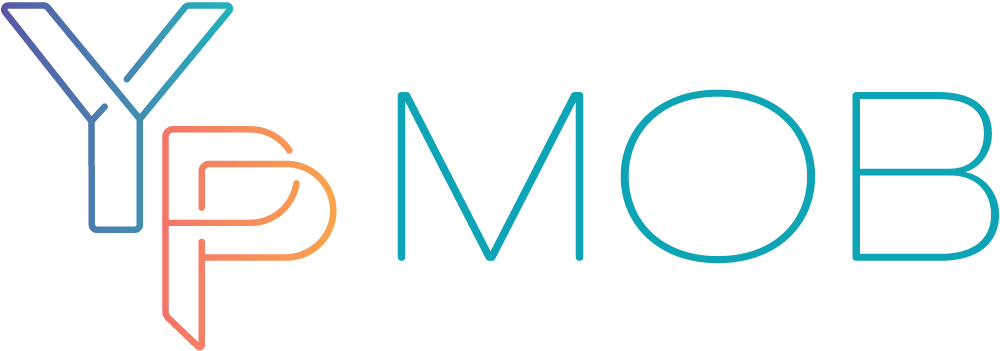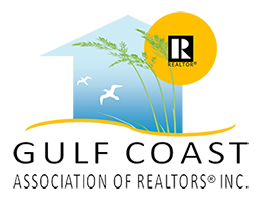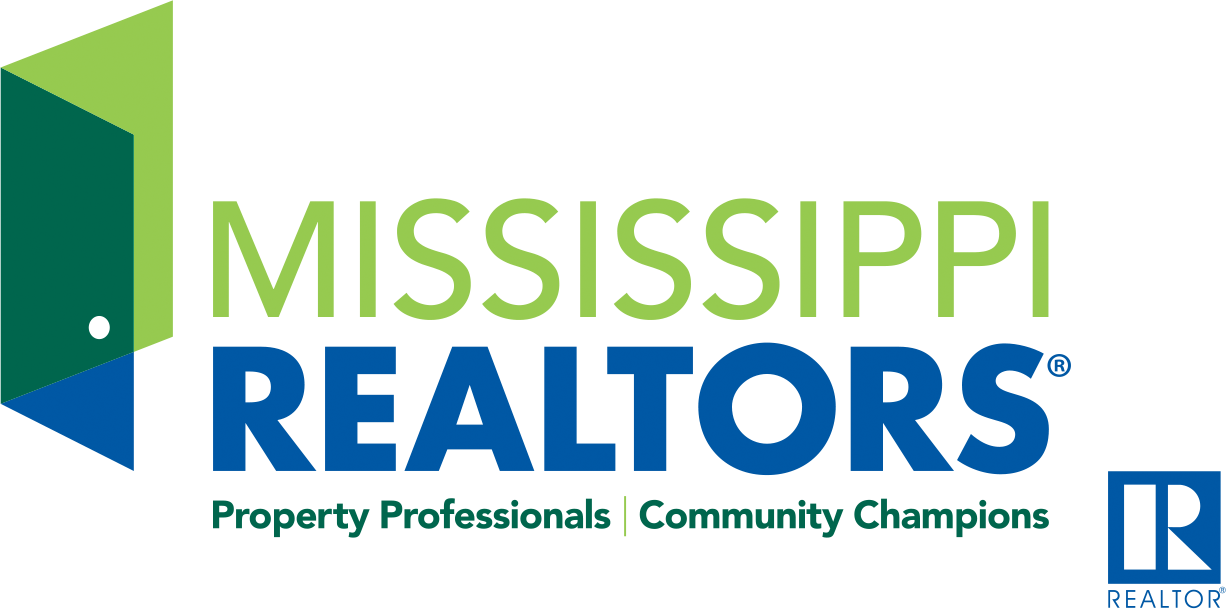How to Calculate ROI of Rental Property
Calculate the financials and potential return on investment for a rental property purchase using our FREE Rental Property Calculator.
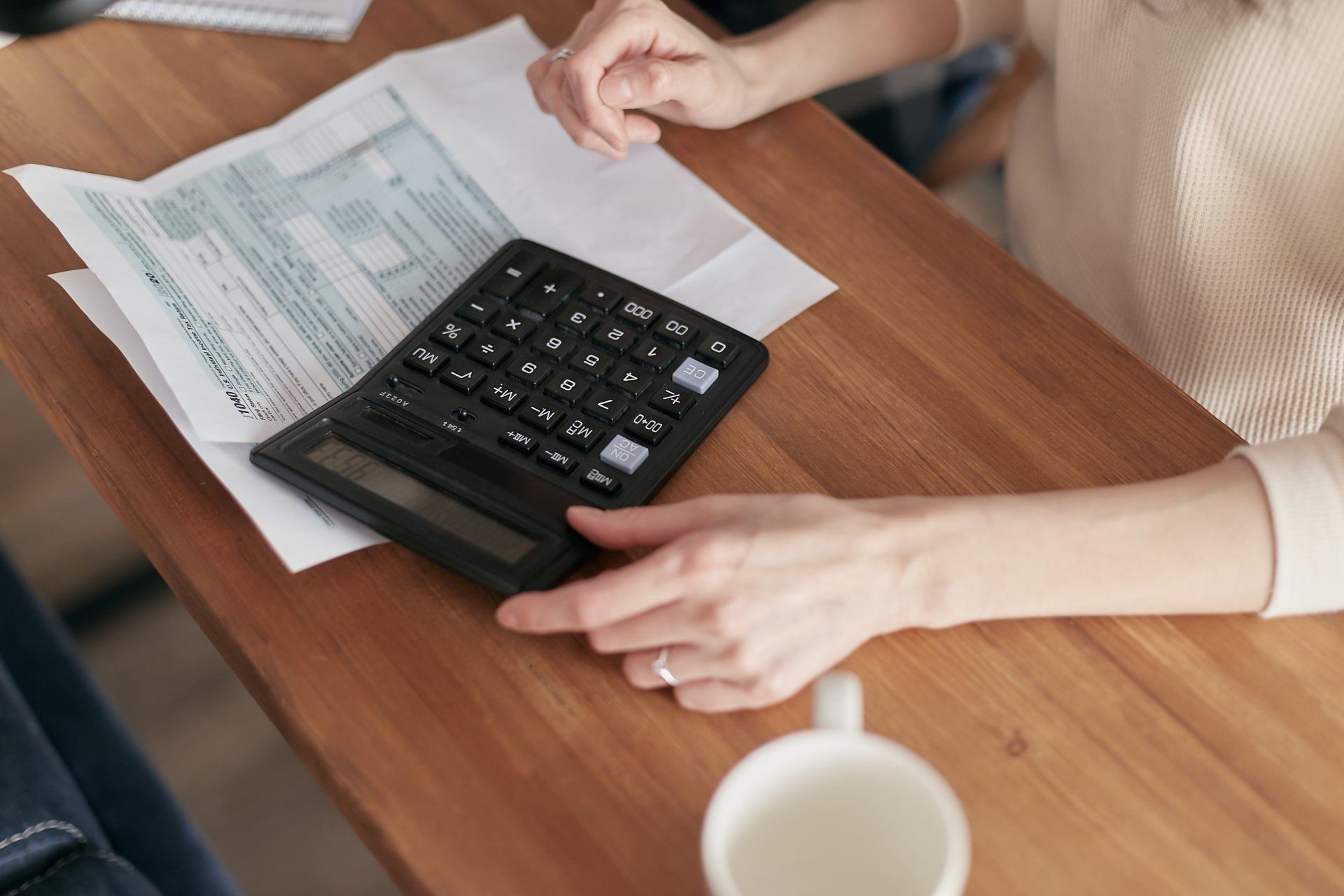
How to Calculate Rental Property ROI
Investing in rental property is an excellent way to build generational wealth and a passive income stream. When buying a rental property or considering putting your home up for rent, it's important to know how to calculate your potential Return On Investment (ROI) or possible loss. Simply put, ROI is a metric used to evaluate the profitability of an investment. To measure the ROI for a rental property, several metrics must be calculated using the formulas outlined below. Below you will find step-by-step instructions on getting the info needed to run our ROI calculation.
Purchase Information
First and foremost, you will need the details about the cost to purchase and finance the home. Write down the purchase price, down payment, and monthly loan payments for your rental property.
Rental Income
Next, you'll need to know how much rental income your property will generate each month. Looking up nearby rental property that is comparable to your home is a great way to gauge current market rent. Pro Tip: Ask a professional property manager local to the area to get an accurate monthly rent estimate.
Don't forget to consider the vacancy rate when doing your research. Never expect the property to be occupied 100% of the time, as it is inevitable that a tenant will move-out at some point. Consider if the home will be leased for short or long periods of time, and how long it could take to find a new tenant. This will determine the amount of annual gross rent that the property could generate per year, which will help you estimate the property's cash flow.
Operating Expenses
There are several recurring expenses to account for when renting your property out, including the cost of homeownership as well as operational costs as a landlord. Expenses like property management fees are only paid when the unit is rented, but others such as property taxes, insurance, or even HOA dues (depending on your neighborhood) are due regardless of rent-status. Also consider what repairs or maintenance may be needed for the home, such as yard work, HVAC system, pest/termite control, plumbing or appliances. The frequency of repairs needed will depend on the age of the home and can very widely.
Property management companies, such as Revitalize Realty, charge a fee as a percentage of the rental income and in return help with various aspects of being a landlord, including but not limited to placing tenants in the home, collecting rent, coordinating maintenance, and acting as a liaison between tenant and homeowner.
Net Operating Income
One metric used to determine the profitability of a rental property is the
Net Operating Income (NOI) which is the income generated after subtracting your operating expenses (see above). The NOI is essentially a measure of cashflow of the rental property and can be calculated using this formula:
Gross Income - Vacancy Loss - Operating Expenses = NOI
The gross income generated minus the vacancy loss minus operating expenses equals the NOI.
Cap Rate
The
Capitalization Rate, often abbreviated as Cap Rate, is the
rate of return of a rental property. Expressed as a percentage, it is a ratio of the investment property's annual net operating income relative to the property's value. It's a pretty good measure for comparing the estimated profit between potential investment properties since the cap rate is used to evaluate income generated relative to market value. Cap rate is calculated with this formula:
NOI / Property Value × 100% = Cap Rate
The net operating income divided by the property value multiplied by 100 equals the cap rate, expressed as a percentage.
Cash on Cash Return
Another helpful metric used to evaluate profitability and rate of return of a rental property is Cash on Cash Return (CoC), which is the ratio of the cash flow to total cash invested into a property. You can use this metric to see whether a rental property will generate a positive cash flow and if it is worth the cash invested. Cash on cash return is calculated with the following formula:
Annual Pre-Tax Cash Flow / Total Cash Investment = Cash on Cash Return
The annual pre-tax cash flow divided by the total cash investment equals the total cash on cash return, expressed as a percentage.
Gross Rent Multiplier
The gross rent multiplier (GRM) is a ratio of the purchase price or home value to the annual gross rental income. The GRM is another metric that can be used to determine a rental property's potential ROI. Calculating the gross rent multiplier is done with the formula below:
Property Value / Gross Annual Income = Gross Rent Multiplier
The property value divided by the gross annual income equals the gross rent multiplier.
Other Factors
When calculating the ROI of rental property, you should also consider several other factors, such as the impact of taxes. For example, you are able to depreciate the property as a capital expense, but to do so you'll need to figure out the taxes due for the profits generated. Often times, the biggest tax hit is taken when selling a property.
Another important factor would be the appreciation rate of the real estate market. Real estate usually increases in value over time and is likely worth more later on. Try using an appreciation calculator to estimate the future value of a rental property.
The loan terms for your rental property is also another factor to consider when evaluating your investment. Loans cost a lot more when interest rates are high, resulting in higher monthly payments. In this case, it may be reasonable to make a bigger down payment or to work on an early pay-off for the high-interest mortgage. Alternatively, when interest rates are really low, the monthly loan payments tend to be much lower, making it easier to take on more debt to acquire additional rental property to take advantage of the better rates.
Most importantly, you should consider the rental market of the property, your ability to manage the property, the loan to value of the mortgage, and the overall outlook of the housing market and economy.
Frequently Asked Questions
How much profit should I be making on a rental property?
What you should expect to gain in profit on a rental property depends on the rental market and various other factors. Most consider a profit of 10% or more is a pretty good amount. Anywhere between 5% to 10% is considered a good investment, but anything less than 5% wouldn't be.
What is zero cash flow property?
Whenever a property doesn't produce any cash flow for the owner for a given year, it is considered a "zero cash flow property", which means that the rental income minus all expenses including any debt obligations equals zero. There is no additional cash flow or profit made.
Is breaking even on a rental OK?
This answer depends on the investor's goals or strategy for the real estate investment. For investors that are hyper-focused on producing cash flow for passive income, they would not move forward with investing on a rental property that breaks even because they want immediate results. On the other hand, investors that are playing the long game and are looking to park their money somewhere to multiply it over time have other goals: build equity, write off depreciation and expenses for tax advantages, capture appreciation value when sold. For investors using this strategy, it's okay for the property to break even because they don't need the cash flow now, they know they will capture their profits when they sell or refinance the property later on.
How to know if a rental property is profitable?
Whether you're assessing a potential rental property or your "soon-to-be rental" current home, crunching your numbers using the formulas provided above will help you determine the ROI of a rental property to see if it is a good investment. However, you should also consider several other factors to determine if the rental property will be a good long-term investment. You should also take into account the location and how the property taxes, school district, crime rate, job opportunities, and overall rental market and state of the economy will affect the average rent price in the area over time.


